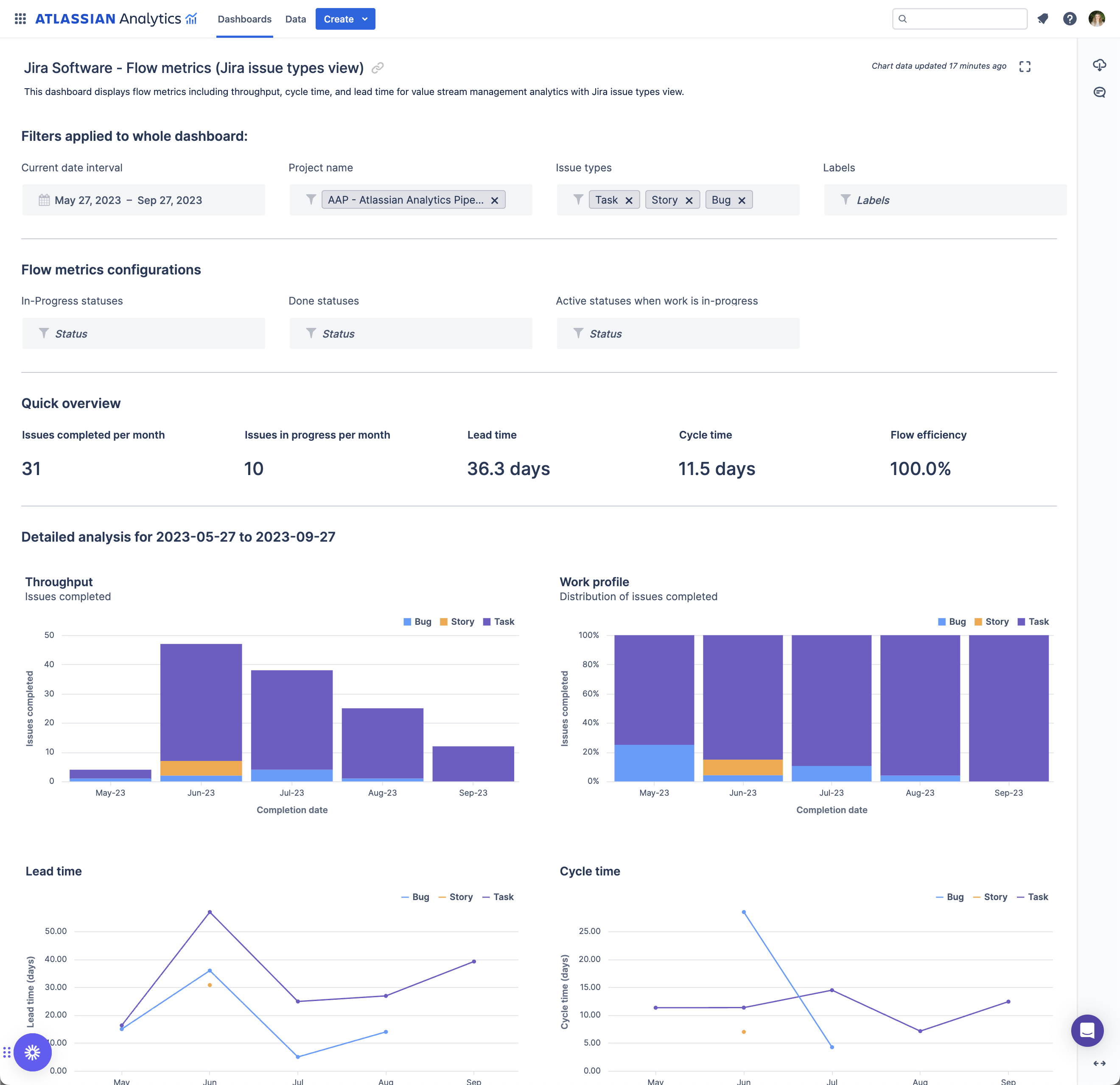The value hypothesis is gaining popularity within the value stream management (VSM) community. Value hypotheses are guesses of whether a product will actually deliver value to users.
According to the VSM Consortium’s 2023 State of Value Stream Management Report, 85% of survey respondents create a value hypothesis, a number that has steadily been increasing year-over-year. The group believes the growth is an indicator that “the market is increasingly making the connection between planning and delivery, and thinking about the value of an idea as soon as it emerges,” it wrote in the report.
The VSM Consortium found that the bigger a project is, the more likely it is to have a value hypothesis associated with it. The proportion of value hypotheses created for capabilities and initiatives, in particular, grew significantly compared with the past two years. In 2021 and 2022, 19% and 17%, respectively, of value hypotheses were for capabilities and initiatives, and in 2023 that rose to 29%.
Another finding of the report is that low performers are less likely to create these value hypotheses at the start and instead will do it later in the process, during feature creation. Elite performers are more likely to create a value hypothesis during business stakeholder meetings or as part of market research — both much earlier in the development process.
“This suggests that higher performing organizations understand and manage the granularity of their work and how it travels through the value stream,” the VSM Consortium concluded.
More and more companies are adopting value stream management, too. Compared to 2022, teams are twice as likely to organize around their value streams.
When looking at performance levels, the VSM Consortium determined that elite and high performers are three to four times more likely to align people with value streams.
“One of the paramount signs that VSM is starting to move past the early adopters is the increasing percentage of organizations reporting that they are changing their organizational structure. After years of experimentation, organizations are now starting to truly adopt the principles of VSM and do the work required to fully reap the benefits,” Ted Sapountzis, a VSM Consortium board member and group vice president of product and customer marketing at Planview.
Finally the report found that organizations have started to reduce the number of tools they work with. In 2021, only 13.5% of organizations reported using only one tool, and now in 2023 it has risen to more than a third of companies.
However, the VSM Consortium also highlighted that one of the challenges that companies will face in the years ahead is integrating tools, because currently there is no standardization around integrating VSM tools. This is something that the OASIS Open VSM Interoperability Technical Committee is working to address.
The full report can be accessed here.








